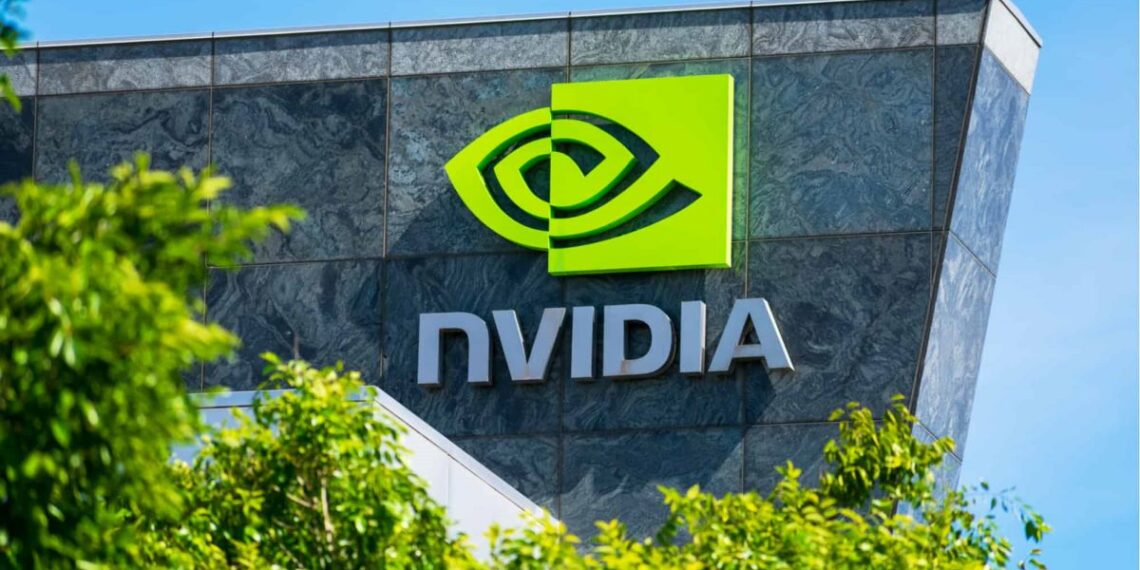Nvidia may announce a commendable surge in its second-quarter revenue on Wednesday, with expectations that the figure will have more than doubled from the previous year.
However, as the artificial intelligence (AI) chip leader approaches its earnings release, investor anticipation remains high, with Wall Street hoping for even greater results.
On Wednesday, Nvidia is projected to reveal that its revenue for the May-July period has climbed to approximately $28.68 billion, a 112% increase year-on-year, according to data from LSEG as of 23 August.
This growth continues to facilitate Nvidia’s rise, which has seen its share price soar by over 150% in 2024, boosting its market valuation by $1.82 trillion and driving the S&P 500 to new points.
Despite the increase in stock value, Nvidia’s price-to-earnings (P/E) ratio remains notably high, estimated at 37 times its forward earnings.
This contrasts with the average P/E ratio of around 29 for the top six tech companies on the index, highlighting the premium investors are willing to pay for Nvidia’s future growth prospects.
The company’s forward P/E ratio has been declining, pointing to increased optimism among investors regarding its earnings prospects.
Nvidia’s growth in the tech sector is largely attributed to its cutting-edge graphics processing units (GPUs), which are indispensable for contemporary data centres and AI infrastructure.
Major tech giants, including Microsoft, have heavily invested in these GPUs to support their AI operations, further boosting Nvidia’s fortunes.
However, there are issues about Nvidia’s ability to sustain its rapid growth. Analysts have raised doubts about possible delays in the production of Nvidia’s upcoming Blackwell AI chips, which were initially expected to launch in the second quarter. These delays, coupled with possible cost increases from Nvidia’s chip contractor TSMC, could impact future revenue and profit margins.
The company’s adjusted gross margin for the second quarter is anticipated to have decreased by over 3% points from the previous quarter, settling around 75.8%.
This reduction is attributed to the increased costs associated with scaling up production to meet rising demand.
Despite a recent rebound, Nvidia’s stock experienced a 20% dip through much of July and early August due to investor worries over high expectations and AI spending.
Per Reuters, if Nvidia falls short of Wall Street’s forecasts, it could trigger a wider sell-off in AI stocks, recalling the central role Nvidia plays in the AI sector, as noted by Daniel Morgan, senior portfolio manager at Synovus Trust.








Comments 1